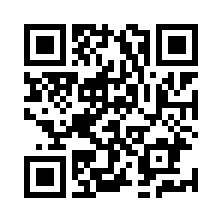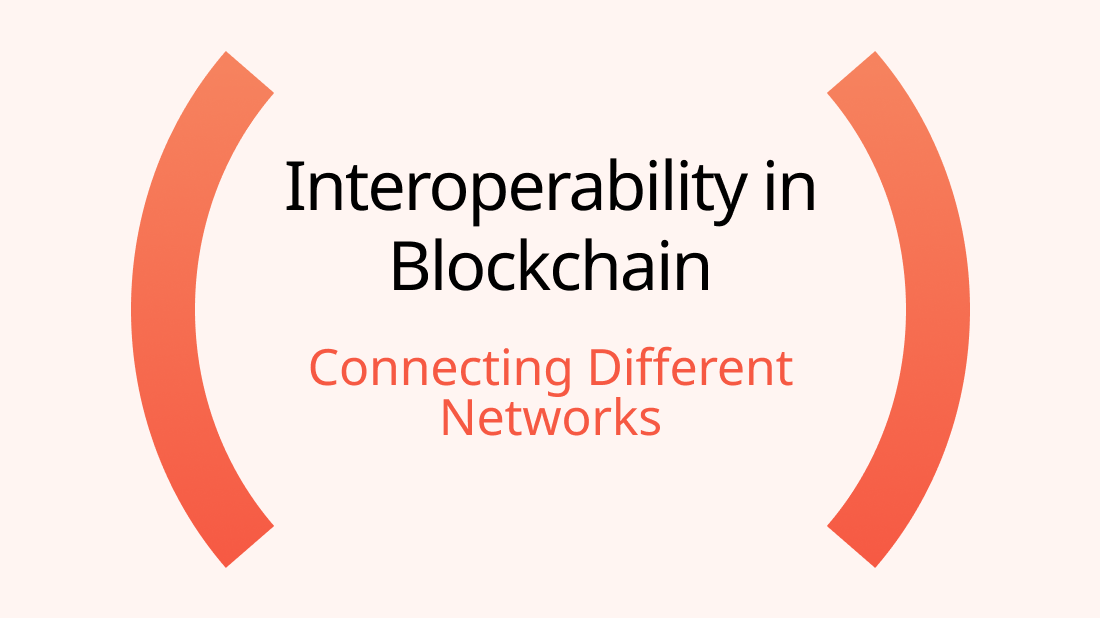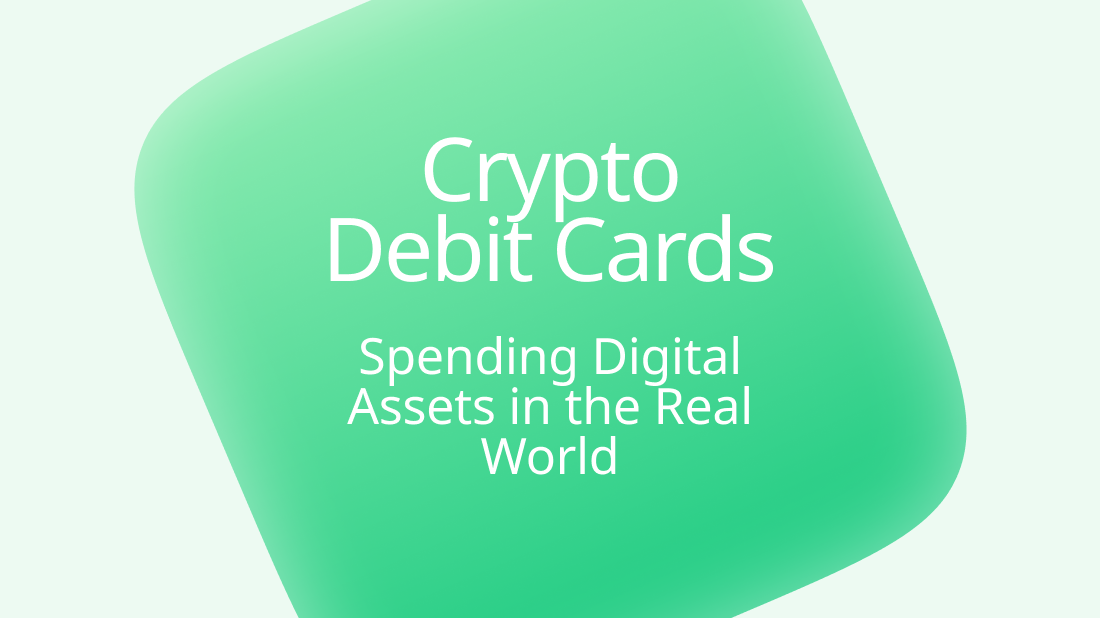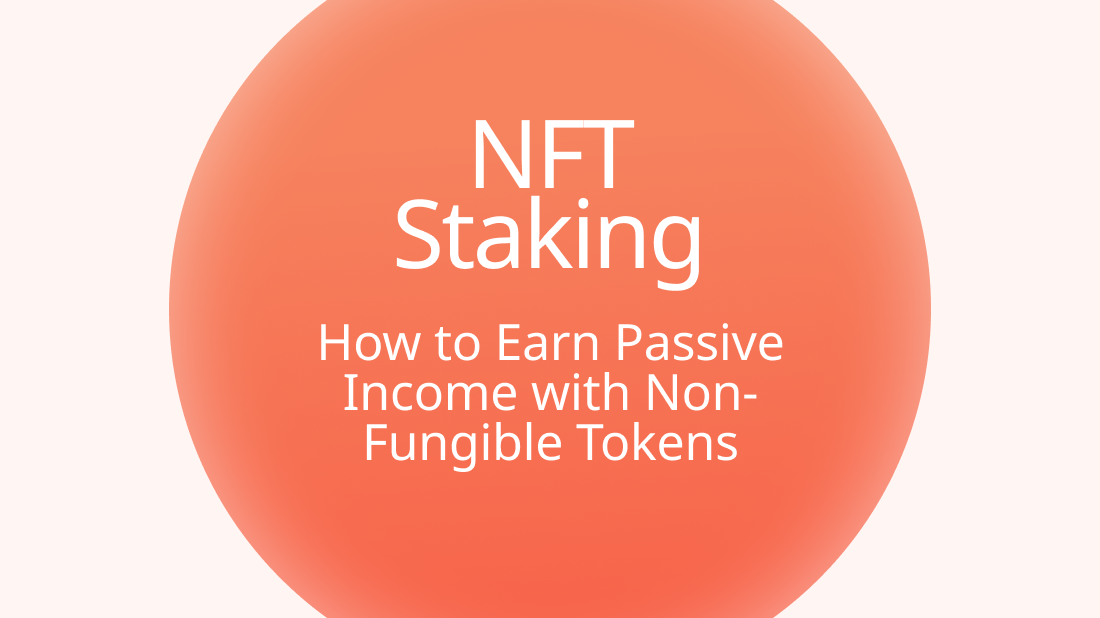Blockchain for Supply Chain: Enhancing Transparency and Efficiency

In an era of global trade and intricate supply networks, the demand for transparency, traceability, and efficiency in supply chain management has never been higher. Enter blockchain technology – a decentralized and secure ledger system that is transforming the way businesses manage their supply chains. In this article, we will explore the application of blockchain in supply chain management, delve into real-world use cases, and discuss how businesses can implement this innovative technology to enhance transparency and efficiency.
Understanding Blockchain for Supply Chain
- The Basics of Blockchain:
Blockchain is a distributed ledger technology that records transactions across multiple computers in a secure and transparent manner. Each block in the chain contains a timestamped record of transactions, and once added, it is immutable and cannot be altered. This decentralized and tamper-resistant nature makes blockchain an ideal solution for supply chain challenges.
- Key Components:
- Decentralization: No central authority controls the blockchain, ensuring a trustless and transparent environment.
- Immutability: Once information is recorded, it cannot be changed, providing an auditable and secure history of transactions.
- Smart Contracts: Self-executing contracts automate processes when predefined conditions are met, reducing the need for intermediaries.
Blockchain Use Cases in Supply Chain
- Traceability and Provenance:
Blockchain enables end-to-end traceability by recording every step of a product's journey. This is particularly crucial in industries like food and pharmaceuticals, where knowing the origin and handling of products is essential for safety and compliance.
Example: Walmart uses blockchain to trace the journey of mangoes from farm to store shelves, reducing the time to trace the origin from days to seconds.
- Supply Chain Visibility:
Blockchain enhances real-time visibility into the entire supply chain, allowing stakeholders to monitor and respond to changes promptly. This transparency reduces delays, minimizes disruptions, and optimizes inventory management.
Example: IBM Food Trust leverages blockchain to provide visibility into the food supply chain, enabling stakeholders to track the movement of products and address issues like contamination quickly.
- Authentication and Anti-Counterfeiting:
Counterfeit products pose a significant threat to industries such as luxury goods and pharmaceuticals. Blockchain helps combat this by providing a secure and verifiable record of product authenticity.
Example: VeChain uses blockchain to verify the authenticity of luxury goods, ensuring consumers receive genuine products.
- Streamlining Documentation Processes:
The traditional paper-based documentation in supply chains can be time-consuming and prone to errors. Blockchain streamlines these processes by digitizing and automating documentation, reducing the risk of fraud and delays.
Example: TradeLens, a blockchain-based platform developed by IBM and Maersk, simplifies global trade documentation, improving efficiency and reducing paperwork.
- Payment and Settlement:
Blockchain facilitates faster and more secure payment processes within the supply chain. Smart contracts automate payment agreements, reducing the need for intermediaries and minimizing disputes.
Example: RippleNet employs blockchain technology to streamline cross-border payments, providing a faster and more cost-effective alternative to traditional banking systems.
How to Implement Blockchain in Supply Chain
- Identify Use Cases:
Start by identifying specific pain points or inefficiencies in your supply chain. Determine where blockchain can add the most value, whether it's improving traceability, reducing fraud, or enhancing overall transparency.
- Choose the Right Blockchain Platform:
Select a blockchain platform that aligns with your business requirements. Public, private, and consortium blockchains offer different levels of access control, scalability, and decentralization.
- Public Blockchains: Open to anyone, providing transparency and decentralization.
- Private Blockchains: Restricted access, suitable for internal processes or collaboration among trusted partners.
- Consortium Blockchains: Shared among a group of organizations, offering a balance between openness and control.
- Collaborate with Partners:
Implementing blockchain in the supply chain often involves collaboration with various stakeholders, including suppliers, distributors, and logistics providers. Open communication and collaboration are key to the success of blockchain initiatives.
- Data Standardization and Integration:
Standardize data formats and integrate existing systems with the blockchain to ensure seamless information flow. This integration enhances interoperability and facilitates a smooth transition to blockchain-based processes.
- Pilot Programs and Testing:
Before full-scale implementation, conduct pilot programs to test the effectiveness of blockchain in your specific use case. Gather feedback, identify challenges, and refine the implementation based on real-world scenarios.
- Ensure Regulatory Compliance:
Understand and comply with relevant regulations in your industry and region. Blockchain implementations may have legal implications, and staying compliant is essential for the success and sustainability of your project.
Conclusion: Transforming Supply Chains with Blockchain
As the global supply chain landscape becomes increasingly complex, the need for transparency, efficiency, and trust has never been more critical. Blockchain, with its decentralized and secure architecture, has emerged as a game-changer in addressing these challenges. From traceability and authentication to streamlining documentation processes, the applications of blockchain in supply chain management are vast and transformative.
By understanding the benefits, exploring real-world use cases, and following a strategic implementation plan, businesses can unlock the full potential of blockchain technology in their supply chains. As we navigate the future of commerce, blockchain stands as a beacon of innovation, reshaping how we perceive, manage, and optimize the intricate web of global supply networks. Embracing blockchain in the supply chain isn't just about adopting a new technology; it's about revolutionizing the way we connect, collaborate, and create value in the modern world of commerce.












